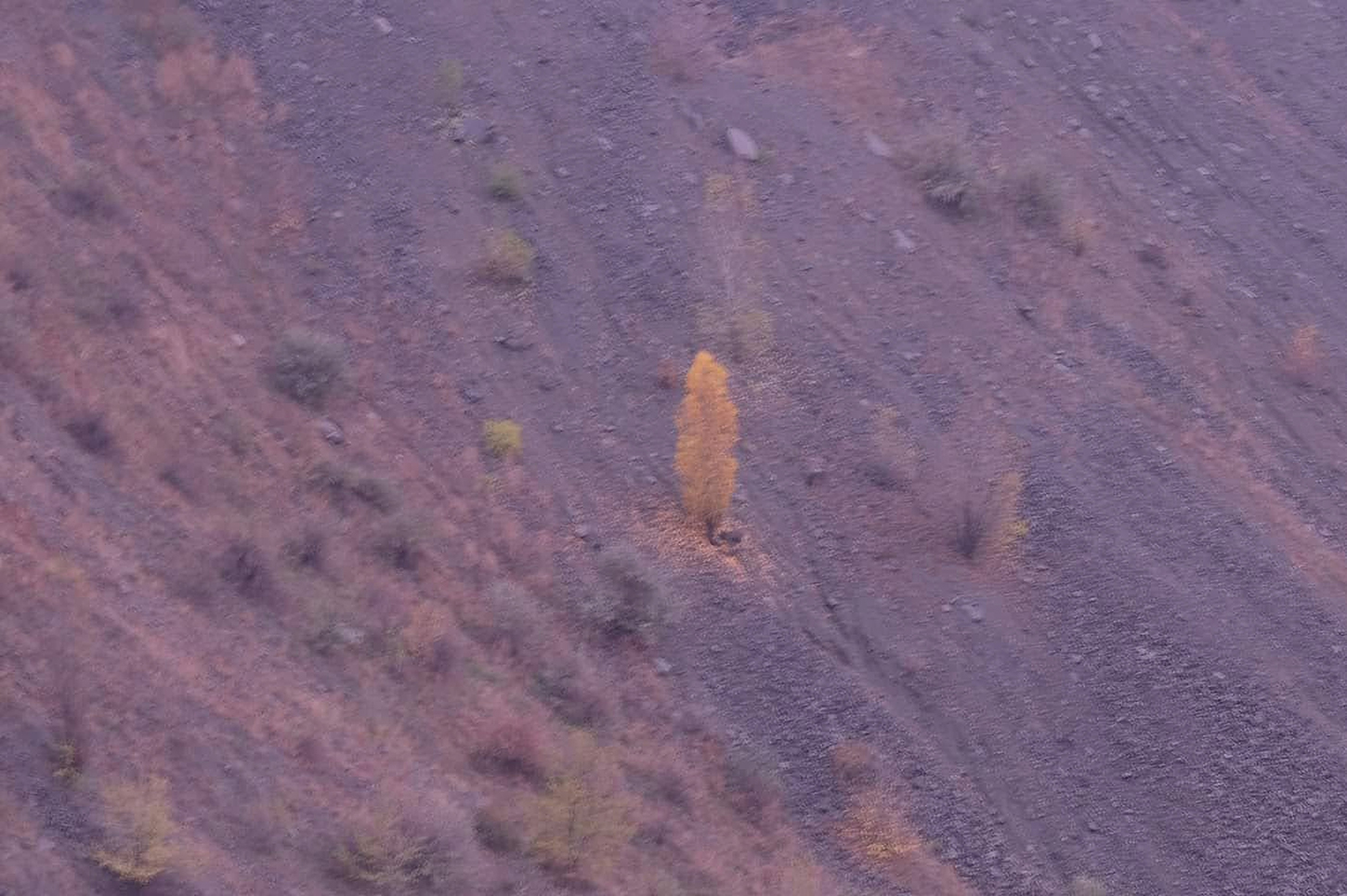“Ukrainian Politicians, Leaders: Stop Nord Stream 2 Now,” Kyiv Post, May 20, 2021 →.
Harper Lambert, “CBS Reporter Calls Ukraine ‘Relatively Civilized’ as Opposed to Iraq and Afghanistan, Outrage Ensues,” The Wrap, February 26, 2022 →.
Spargel, or white asparagus, is wildly popular in Germany. Most seasonal workers who harvest the crop come from Eastern Europe, many from Ukraine. See →.
Tanya Richardson and Gisa Weszkalnys, “Introduction: Resource Materialities,” Anthropological Quarterly 87, vol. 1 (2014).
Ю.Є. Кирилов, “Бренд ‘Житниця Європи’: міф чи реальність,” Наукова дискусія, УДК 339.56:633.1:339.138(477) Херсонський державний аграрний університет (in Ukrainian). See also →.
Дмитро Наливайко, Очима заходу: Рецепція України в Західній Європі XI-XVIII ст., Київ — «Основи» — 1998 (in Ukrainian) →.
Евгений Бершеда, “Бельгийское прошлое украинской экономики,” ZN.UA, December 17, 2010 (in Russian) →.
В. Домонтович, Без Ґрунту (Михайла Борецького, 1948), 15 (in Russian). Translation mine.
Kathryn Yusoff, “Geology, Race, and Matter,” in A Billion Black Anthropocenes or None (University of Minnesota Press, 2018) →.
Yusoff, “Geology, Race, and Matter.”
Кирилов, “Бренд ‘Житниця Європи.’”
See Oleksiy Radynski, “Is Data the New Gas?” e-flux journal, no. 107 (March 2020) →.
Timothy Snyder, “Germany’s Historical Responsibility for Ukraine,” lecture, June 20, 2017 →.
Snyder, “Germany’s Historical Responsibility for Ukraine.”
